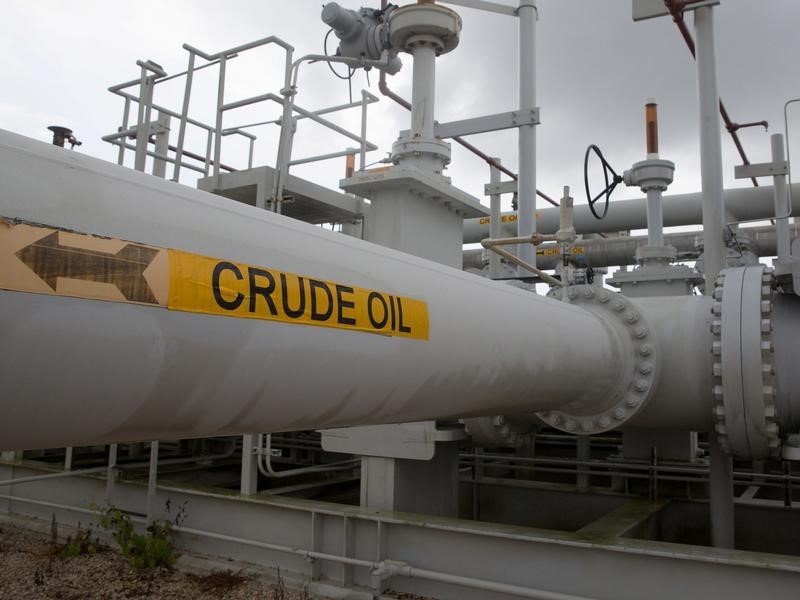(Bloomberg) -- Oil was steady near a three-week low in early Asia trading following a broader market slump as investors weighed the prospect of a boost in Iranian supply just as OPEC+ returns more barrels to the market.
Futures in New York traded near $63 a barrel after slumping 3.3% on Wednesday as inflation fears rattled markets. A top European Union official said the U.S. and Iran are close to reviving a nuclear accord, which would allow more crude flows from the OPEC producer. That’s being reflected in the prompt timespread for benchmark Brent oil, with its backwardation structure narrowing even further in an indication market tightness may be easing.
Oil is still up about 30% this year as the recovery from the Covid-19 pandemic accelerates in the U.S., China and parts of Europe. However, the flare-up across Asia is a constant reminder that the rebound is expected to be uneven and bumpy. The second wave in India has trimmed sales of gasoline and diesel by as much as 20% for top refiner Indian Oil Corp., prompting cuts to processing rates.
Enrique Mora, the EU official in charge of coordinating diplomacy in Vienna for the nuclear talks, said he expects all parties to return to the 2015 agreement before Iran’s presidential elections on June 18. Iran has already been bringing back output, and said it will soon export oil from a new port, which would allow the country to bypass the Strait of Hormuz
The prompt timespread for Brent was 13 cents a barrel in backwardation -- a bullish structure where near-dated contract are more expensive than later-dated ones -- on Wednesday. That compares with 42 cents at the start of May.
Meanwhile, the Energy Information Administration on Wednesday provided the first look at the impact of Colonial Pipeline Co.’s outage. Nationwide gasoline inventories fell nearly 2 million barrels last week, though fuel supplies in the U.S. Gulf Coast jumped by the most on record with the pipeline down.
©2021 Bloomberg L.P.
